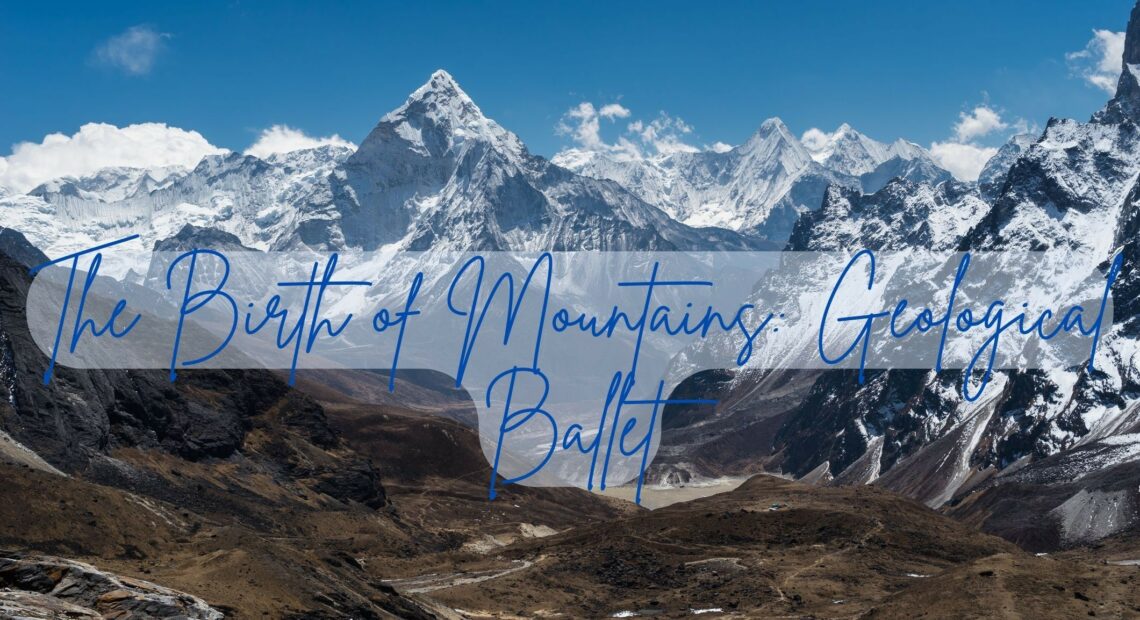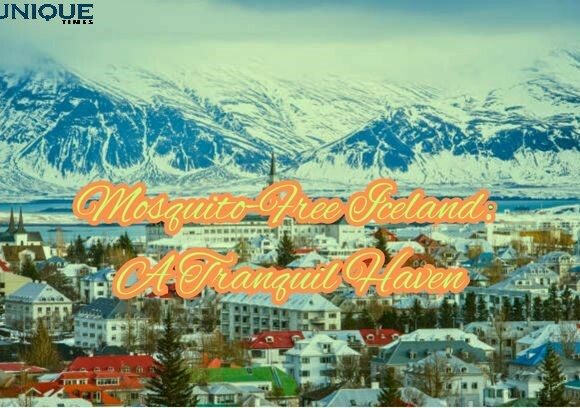The Majestic Rise: Unraveling the Formation of Mountains

Mountains, with their towering peaks and awe-inspiring landscapes, have captured the human imagination for centuries. But have you ever wondered how these majestic structures come into existence? Join us on a geological journey as we unravel the intricate processes that shape and form mountains, turning the ordinary into the extraordinary.
- Tectonic Ballet: The Dance of Plate Movements At the heart of mountain formation is the dynamic interaction of Earth’s tectonic plates. These massive plates, floating on the semi-fluid asthenosphere, engage in a balletic dance, colliding, converging, diverging, and sliding past each other. The collisions, in particular, play a pivotal role in the birth of mountains.
- Convergent Boundaries: The Power of Collision When tectonic plates collide, the immense forces involved result in one plate being forced beneath the other in a process called subduction. This creates intense pressure and heat, causing the crust to buckle and fold, giving rise to the initial formations of mountain ranges.
- Folded Mountains: Nature’s Artistic Expression The most common type of mountain formation is through folding. As a result of the immense pressure exerted during plate collisions, layers of rock are bent, creating folds. These folds gradually shape into mountain ranges, exemplifying the artistry of nature’s geological forces.
- Fault-Block Mountains: Earth’s Puzzle Pieces In certain regions, the Earth’s crust undergoes stretching and breaking, resulting in the formation of fault-block mountains. As blocks of crust move along faults, mountains rise and valleys sink, forming distinct and often dramatic landscapes.
- Volcanic Mountains: Earth’s Fiery Creations Some of the world’s most iconic peaks, like Mount Fuji and Mount Kilimanjaro, are formed by volcanic activity. As magma rises from the Earth’s mantle and erupts onto the surface, it cools and solidifies, gradually building volcanic mountains.
- Erosion and Uplift: Sculpting the Peaks While tectonic forces uplift mountains, erosion works tirelessly to shape and carve them. The continuous processes of weathering, erosion by water, wind, and ice, contribute to the distinctive features we associate with mountain landscapes.
- Plateaus and Plate Tectonics: Elevated Plateaus as Precursors Before mountains reach their towering heights, elevated plateaus often form as precursors. These expansive flat areas result from the Earth’s crust being uplifted due to tectonic forces, providing a preview of the geological processes that will eventually give rise to mountains.
Conclusion: The formation of mountains is a captivating tale of Earth’s dynamic forces, showcasing the intricate dance of tectonic plates, collisions, and the sculpting touch of erosion. From the slow and steady rise of folded mountains to the fiery emergence of volcanic peaks, understanding these geological processes adds a layer of appreciation to the majesty of the world’s mountainous landscapes.
Picture Courtesy: Google/images are subject to copyright








